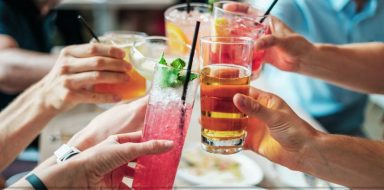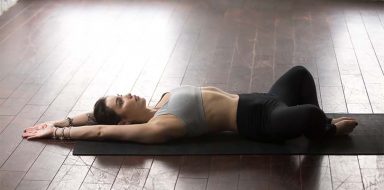Alternative Therapies for Overactive Bladder
No one treatment cures overactive bladder (OAB). You may need to use a combination of therapies. Using alternative therapies in addition to, or instead of, conventional treatments may help to reduce the irritability of bladder tissues, decrease urgency and lessen episodes of incontinence as well as toning the musculature of your pelvis and reducing stress related to OAB.
Let’s take a look at the most effective alternative and complementary therapies for OAB.
1. Herbal Medicine
Herbal medicine can provide soothing relief if you suffer from OAB. I think herbal teas are the most effective ways to administer herbs for the treatment of OAB, but glycerites and herb capsules are also useful. Cornsilk, valerian, burdock, black haw, nettle, horsetail, pumpkin seed, cleavers and marshmallows relieve discomfort, tone the bladder and decrease urinary frequency.
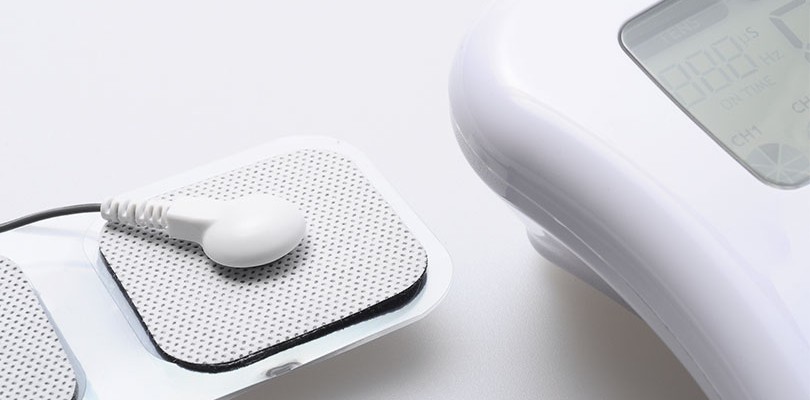
Photo Credit: fullempty / istockphoto.com
2. Biofeedback
Biofeedback can help you to identify your pelvic floor muscles. Strong pelvic floor muscles reduce spasms and prevent incontinence. Many women have a difficult time identifying the correct muscles that need toning for control of OAB symptoms. Biofeedback can ensure that you are training the correct muscles and performing your exercises optimally.
If you use biofeedback consistently, it will provide you with visible proof that you are strengthening your muscles. That can serve as a motivational factor. You may be more likely to stick with your exercises. Biofeedback is provided with an array of manual and mechanical devices.
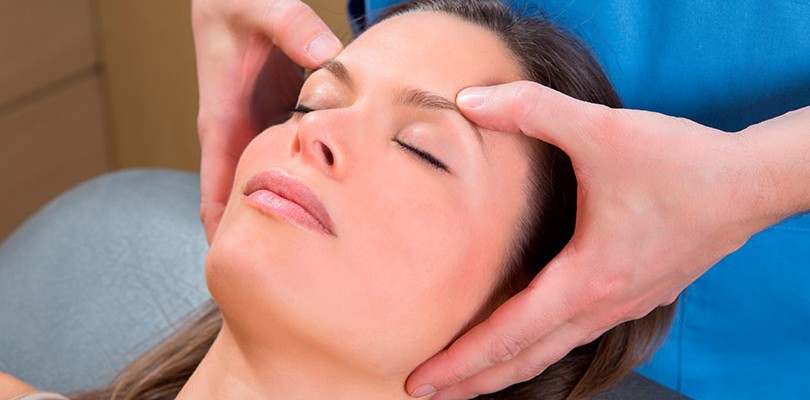
Photo Credit: LUNAMARINA / istockphoto.com
3. Myofascial Release Therapy
Myofascial release therapy is a specialized massage technique. A qualified practitioner applies hand pressure to specific points on your body. They may be points that feel tight or uncomfortable. The practitioner keeps holding the pressure until the muscle and surrounding tissues begin to soften and relax. This can improve comfort and remove blockages that may be contributing to OAB.
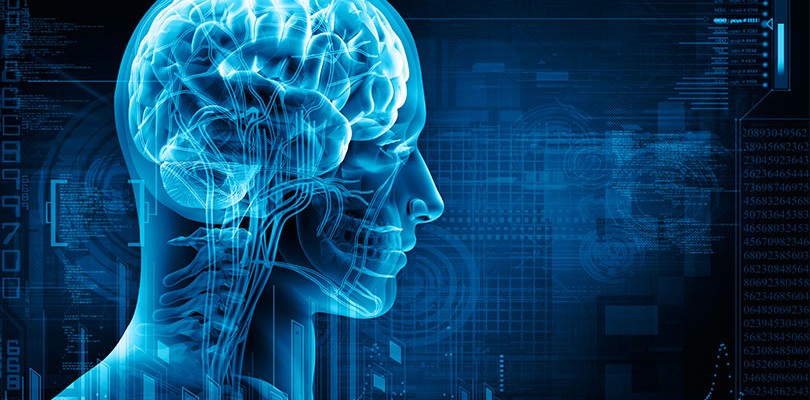
Photo Credit: cosmin4000 / istockphoto.com
4. Mind-Body Therapy
Mind-body therapy is an essential part of treatment for OAB. You have an automatic messaging system between your mind and every cell of your body, which includes the cells of your bladder. You must become aware of the automatic responses that occur when messages are exchanged between your body and mind.
By becoming aware, you will gradually be able to intercept the messages and regain control over involuntary urges to void. You can use your mind to desensitize yourself to the messages. You will also learn techniques for distracting yourself when the need to void arises.
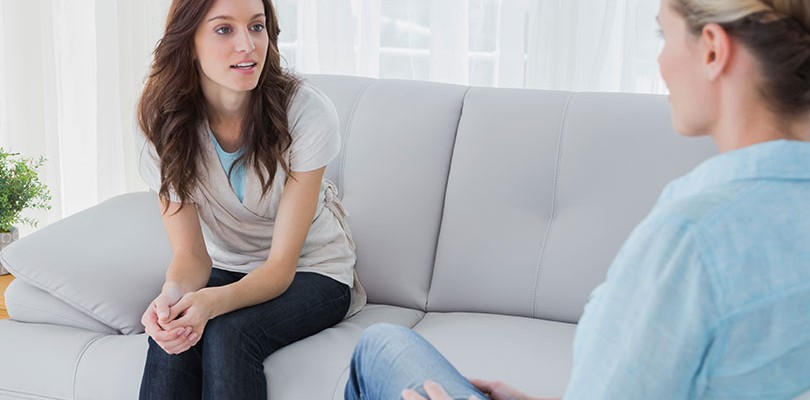
Photo Credit: 4774344sean / istockphoto.com
5. Psychotherapy and Mental Health Counselling
Therapy can help you to accept your body and feel less self-conscious. OAB symptoms are often made worse when stress levels are elevated. By consulting with a counselor you will gain better stress reduction and coping skills. If you use tobacco, alcohol or drugs, be aware that these substances irritate your bladder. A mental health counselor can help you to decrease or stop using these harmful substances.
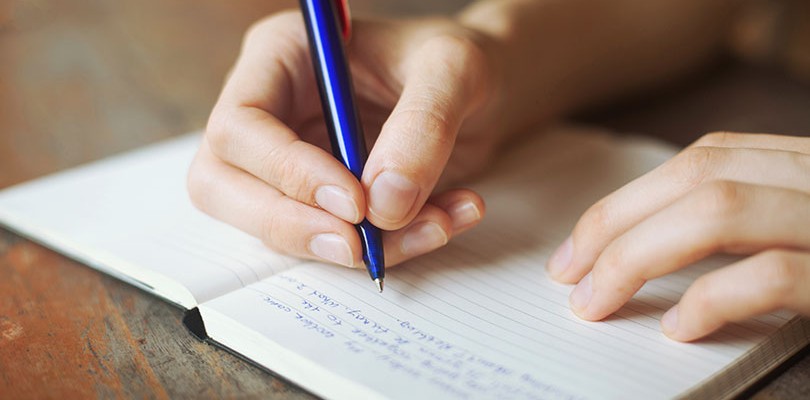
Photo Credit: anyaberkut / istockphoto.com
6. Journaling
Journaling can be beneficial in two ways. You may choose to keep a journal that helps you to manage stress and reach your goals. Alternatively, you might find that keeping a urinary journal is beneficial. Keep a urinary journal to track your progress, learn what triggers your symptoms and determine the effectiveness of treatment. You can then use the information that you glean to develop a more effective treatment plan for yourself.
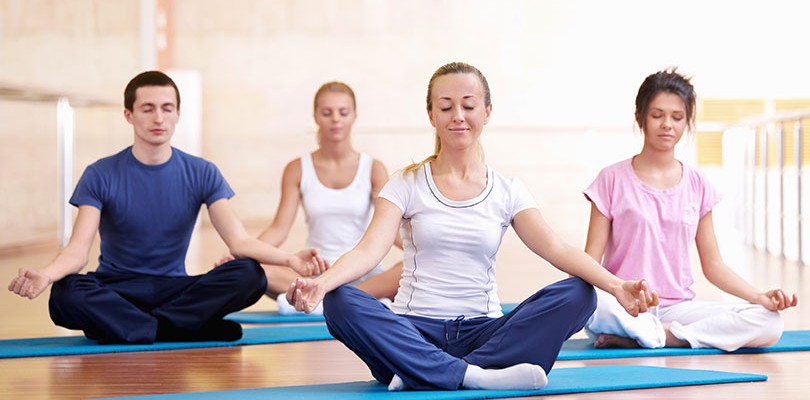
Photo Credit: Deklofenak / istockphoto.com
7. Yoga and Tai Chi
These practices promote mind-body awareness. Most postures are performed as flowing motions, so you need not fear being incontinent. The exercises may be performed regardless of your level of fitness. Tai chi and yoga are meditative and soothing to the mind as well as your body. Both provide gentle, total-body workouts. This is important for general wellness, stress relief and toning the pelvic floor muscles. Having good abdominal, thigh and back muscle tone is important for OAB symptom management too. Yoga and tai chi can enhance flexibility and strength in those important areas.
Now that the New Year has passed, consider these specific, realistic resolutions for people with OAB that can help improve your daily life.

Photo Credit: gpointstudio / istockphoto.com
8. Nutritional Therapy
Nutritional therapy experts can teach you which foods and beverages irritate your bladder and can co-create a healthy eating plan with you. If you are overweight, you can learn how to obtain and maintain a desirable weight. This is important because being overweight makes you more prone to experiencing OAB symptoms due to pressure on the pelvis and the weakening of pelvic muscles.
A nutritionist can recommend foods to prevent constipation. If you are not constipated, you will experience less pressure and resulting OAB symptoms. You will also learn about foods that specifically aid bladder health. For example, foods that are rich in L-Arginine can help to relieve OAB symptoms. These include animal products, walnuts, coconut, grains and dried beans. A nutritionist can offer suggestions about fluid intake too.
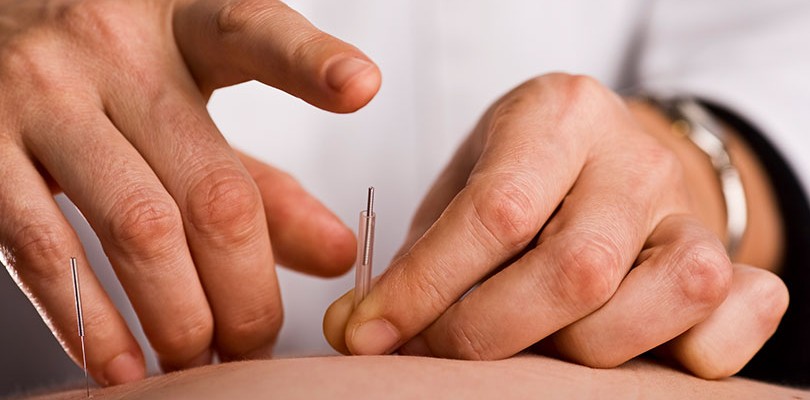
Photo Credit: MarkFGD / istockphoto.com
9. Acupuncture and Moxibustion
Acupuncture and moxibustion have been used for thousands of years by traditional Chinese medicine practitioners. Many conventional MDs refer patients for acupuncture as a treatment for OAB. These Traditional Chinese Medicine techniques correct imbalances of energy and remove blockages that may be causing symptoms.
You may obtain some relief after the first treatment, but the effects of the therapy are cumulative. With each treatment, your symptoms may improve and your general level of wellness will be enhanced.
Traditional Chinese medicine practitioners view OAB as an energetic disturbance that has physical components. They differentiate several types of OAB. For example, if you suffer primarily from incontinence, a TCM practitioner would likely say that you have a different imbalance than a person whose main problem is urgency. The treatments are individualized, based on specific symptoms and energetics.
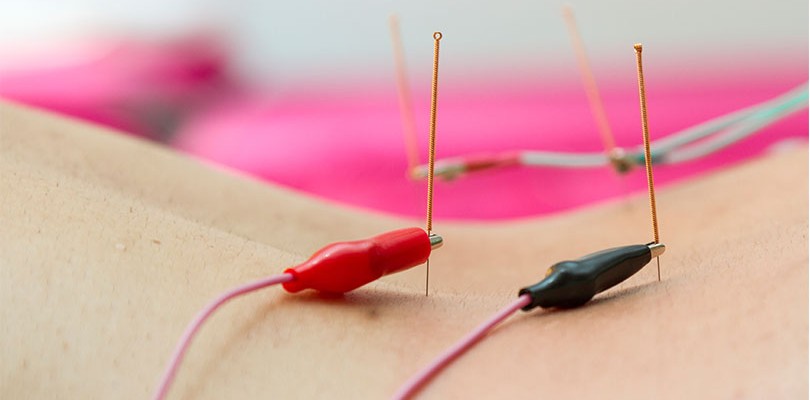
Photo Credit: seiki14 / istockphoto.com
10. Posterior Tibial Nerve Stimulation
This is similar to acupuncture. A fine needle is attached to your leg, just above the ankle. A gentle current is then delivered. The procedure can be highly effective and is recommended by many conventional and alternative healthcare providers. Each session lasts approximately 30 minutes. Treatments are conducted weekly, over a two to three-month period.
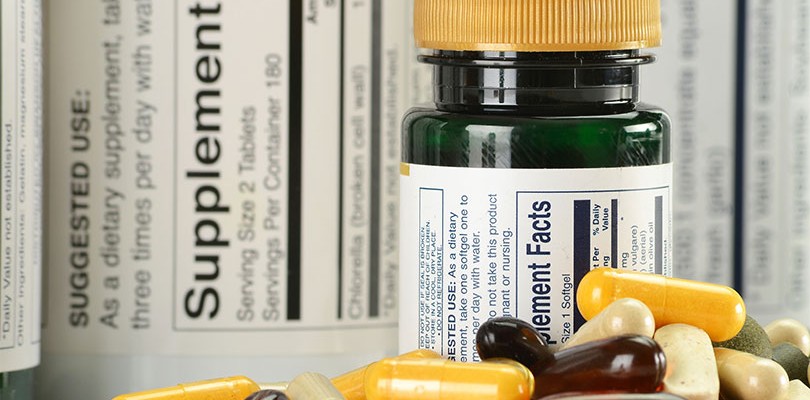
Photo Credit: monticelllo / istockphoto.com
11. Nutritional Supplements
A great solution for alternative therapies is nutritional supplements. They help promote general wellness, ensure that you have the needed nutrients for healing and relieve OAB symptoms. Studies indicate that taking 350 milligrams of magnesium hydroxide twice daily can relieve bladder spasms and decrease incontinence. One study showed women slept better because they did not have to get up to urinate as frequently during the night. L- Arginine is an amino acid supplement that enhances urinary tract wellness.
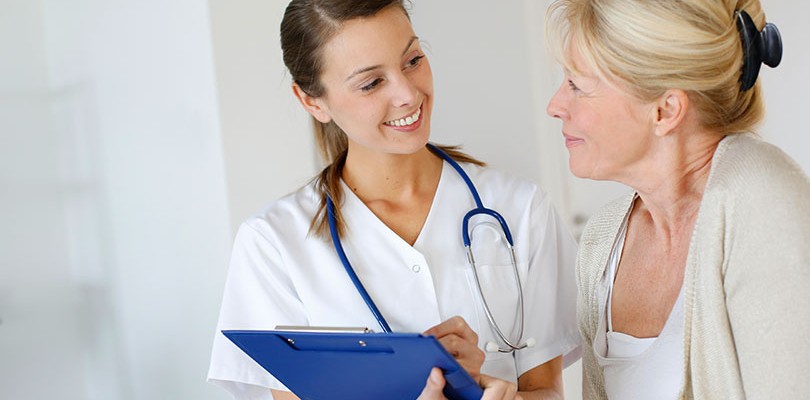
Photo Credit: Goodluz / istockphoto.com
12. Bladder Training
Bladder training is an important aspect of treatment for OAB. Many women think that bladder training simply means doing the pelvic floor exercises known as Kegels, but there’s more to it than that. A bladder training specialist, who is often a specially trained nurse or physical therapist, may or may not recommend the use of Kegel exercises. A bladder training specialist can design a bladder training program that meets your individual needs.
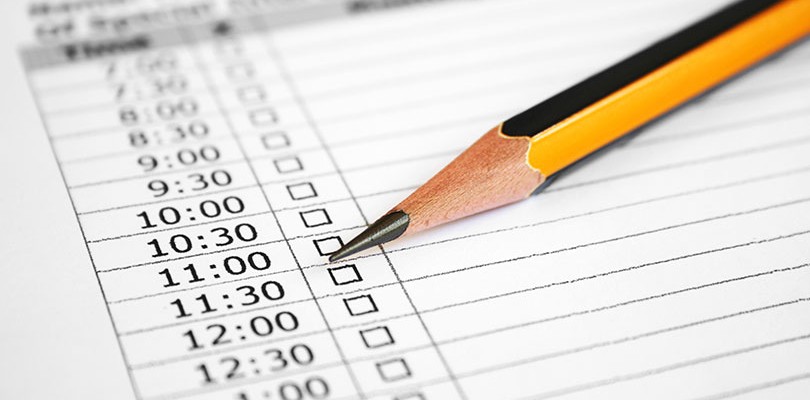
Photo Credit: alexskopje / istockphoto.com
13. Scheduled Toileting
This is an aspect of bladder training. You urinate according to a schedule that you and your healthcare provider determine. This can help to reduce urgency and incontinence. Initially, you may schedule voiding sessions frequently. Over time, you will be able to urinate less often. Scheduled toileting uses physical and mind-body approaches.
Alternative treatments may help to relieve your symptoms of OAB. Most are very safe. There is help available if you suffer from OAB – the key is finding the right combination of therapies that works best for you.
Read more about alternative therapies and treatments for overactive bladder over at NewLifeOutlook.
Incontinence pads can help overactive bladder patients by absorbing urine. Here are some of the best brands to try.





